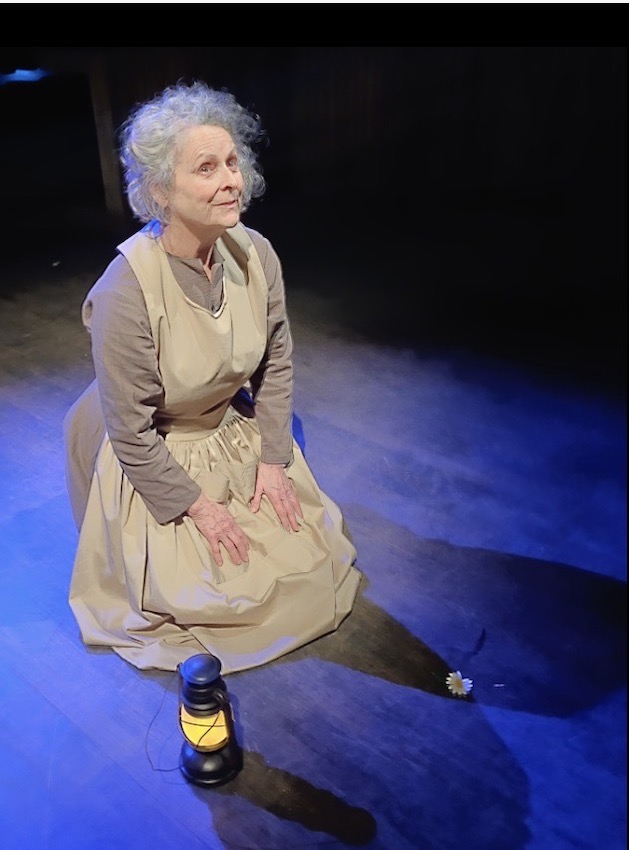
Gabrielle Rose as Biddy in Flowers of the Rarest
On one level, I was seduced by the understatement of this production and the fine acting it contains. But, about halfway through watching Flowers of the Rarest, I wrote in my notebook, “I’m ready for some plot development” and, a bit later: “Besides plot, what is there to think about?”
Gerrard Plunkett’s new script is set in a Magdalene laundry in Ireland in 1923, the last year of the Irish Civil War. The Magdalen laundries were vicious institutions that imprisoned first prostitutes, then unwed mothers, and even women and girls who had never had sex — under the guise of reforming them. Incarceration could go on for life. These women and girls were abused and exploited for their labour by both Protestant and Catholic churches.
In the small group of women we meet in Flowers of the Rarest, Biddy is determined to help young Rose escape. Mother Anne, the mother superior, is sexually assaulting Rose.
In the writing, Biddy is the most fully formed character and Gabrielle Rose, who’s playing her, finds all the colours: she’s cowed, scheming, enraged, and, thanks largely to her humour, resilient. Speaking to a dead friend, Biddy says, “Meeting God must be nice. Who, on the whole, do you see the most, the Father, Son, or Holy Ghost?” In a strong cast, I also particularly enjoyed Hayley Sullivan’s work as a new inmate named Una. When Sullivan’s Una arrives onstage, she brings a world with her, a backstory that informs her every move and utterance. Addison J. Forster’s Rose is touchingly adolescent.
For quite a while, I was more or less content to sit in the stillness of this production, in its concentration on ambience. Matthew Piton’s set is elegantly simple: he uses slatted bedframes that, when stacked, turn into worktables. And, in Piton’s muted lighting, there’s a nice transition into the stained glass of the chapel.
But when I started looking for more I didn’t find a lot to grab onto.
When we meet Mother Anne, it’s apparent that she’s a two-dimensional villain. And, as my companion pointed out after the show, the simplistic writing of this character flattens the script’s central struggle, which is between Mother Anne and Biddy. If a show like Flowers of the Rarest isn’t going to dig into the complexities of evil and resistance to it, what’s the point?
Shortly after I wrote that note about wanting more plot, narrative quickening arrived in the shape of a man. (We know a character named Owen is coming because he’s in the program.) I won’t reveal the plot developments this character brings with him, but I will say they are often predictable.
There are beauties in Flowers of the Rarest. I wanted more heft.
FLOWERS OF THE RAREST Written and directed by Gerrard Plunkett. Produced by the Flowers’ Artists Collective. At Performance Works on Saturday, January 7. Continues until January 15. Tickets





0 Comments